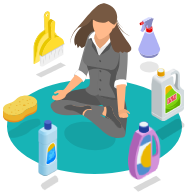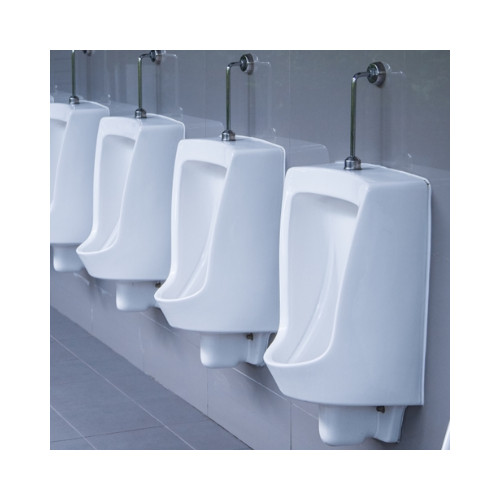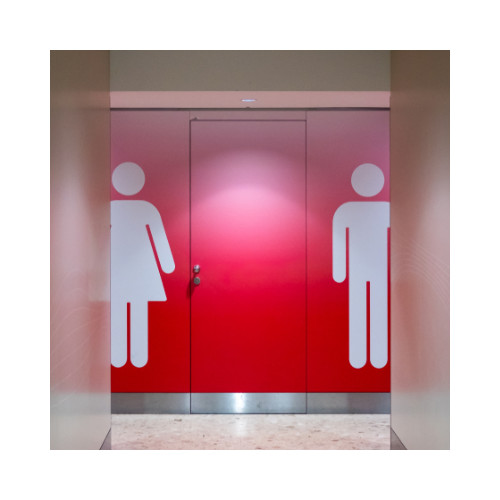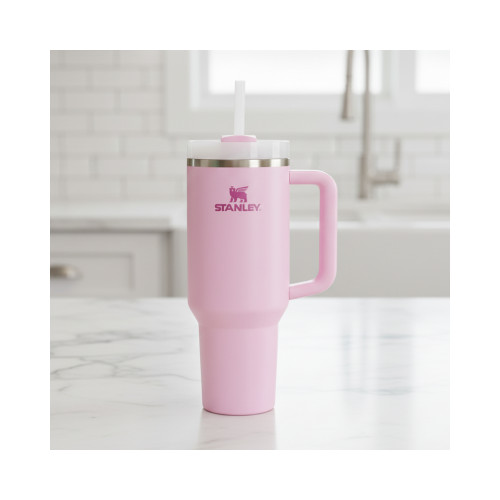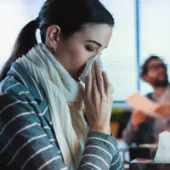
Allergies in the Workplace: A Comprehensive Guide to Cleanliness and Health
Allergies at work can be a significant concern, affecting productivity and employee well-being. From common allergens like dust allergy and pollen to more specific triggers such as mould and pet dander, understanding and effectively managing allergens in the workplace is crucial.
As a cleaning company dedicated to promoting a healthy environment, we recognise the importance of proper trade cleaning practices in reducing allergens and creating a safer workspace for everyone.
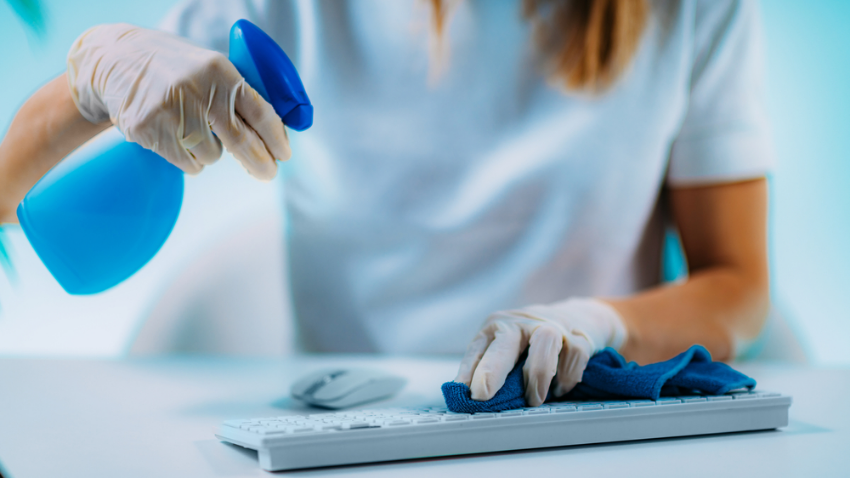
The Hidden Triggers: Common Workplace Allergens
The first step in effective allergen control is knowing what you’re up against. While some allergens are seasonal, many are present year-round and can build up in an office environment, negatively impacting your team.
Here are the most common culprits lurking in the workplace:
-
Dust and Dust Mites: This is arguably the biggest offender. Dust is a combination of skin cells, fibres, dirt, and often, microscopic dust mites, which thrive in soft furnishings, carpets, and upholstery. Their droppings are a potent allergen.
-
Pollen: While an outdoor issue, pollen easily makes its way inside on clothing, hair, and through open windows, settling on surfaces and circulating through the HVAC system.
-
Mould and Mildew: These fungi require moisture to grow. Leaky pipes, damp storage areas, or even overwatered office plants can provide the perfect environment for mould spores, which are powerful allergens and irritants.
-
Pet Dander: Even if pets aren't allowed in the office, employees can carry tiny flakes of animal skin, saliva, and urine (dander) on their clothes, which then transfer to office chairs, carpets, and desks.
-
Fragrances and Chemicals: While not strictly allergens, strong scents from cleaning products, air fresheners, or personal perfumes can act as irritants, triggering allergy-like symptoms or even asthma attacks in sensitive individuals.
The Solution: Targeted Trade Cleaning for Allergen Control
Standard office cleaning is not enough to truly tackle deep-seated allergens. Effective allergen reduction requires a focused approach that goes beyond dusting and vacuuming. Our trade cleaning methods are specifically designed to reduce the presence of these triggers at the source:
1. Advanced Filtration and Vacuuming
We don't just move dust around—we remove it. This involves:
-
HEPA-Filtered Vacuums: Using commercial-grade vacuum cleaners equipped with High-Efficiency Particulate Air (HEPA) filters is non-negotiable. These filters are capable of trapping tiny particles like dust mite matter and dander, preventing them from being released back into the air.
-
Targeted Carpet and Upholstery Care: Carpets, rugs, and fabric chairs act as huge allergen reservoirs. Regular, deep-extraction cleaning and steam cleaning are vital for breaking down and removing trapped allergens and preventing mould and mildew growth.
2. High-Touch and Surface Disinfection
Allergens and irritants settle quickly on horizontal surfaces. Our team focuses on meticulous cleaning of all surfaces with appropriate, low-irritant cleaning solutions:
-
Damp Wiping: We use microfiber cloths and specific damp-wiping techniques on desks, shared equipment, and breakroom areas. This physically lifts and removes fine dust and allergens rather than stirring them into the air.
-
Air Vent and Diffuser Cleaning: HVAC vents can become pathways for dust and mould spores. Regular cleaning of all visible air vents ensures they are not circulating contaminants throughout the office.
3. Moisture and Mould Prevention
Controlling moisture is key to controlling mould. Our service includes:
-
Addressing High-Moisture Areas: Special attention is paid to kitchens, washrooms, and areas around water fountains or sinks, ensuring they are not only cleaned but thoroughly dried.
-
Reporting: As part of our commitment to a healthier environment, we proactively report any signs of persistent dampness or water leaks we observe, helping your facilities team address the root cause of potential mould growth.
Proactive Measures for a Healthier Workplace
While professional cleaning is the most effective way to reduce allergens, an integrated approach that includes employee awareness and facility maintenance ensures long-term success:
-
Promote a "Scent-Free" Policy: Encourage employees to avoid strong perfumes, colognes, and personal air diffusers, which can be significant irritants.
-
Regular Filter Changes: Work with your facilities manager to ensure the office building's HVAC air filters are changed or cleaned frequently—preferably with high-efficiency MERV 13 rated filters—to trap airborne particles.
-
Encourage Decluttering: Clutter, especially stacks of paper and boxes, collects massive amounts of dust. Encouraging employees to maintain clean, clutter-free personal workspaces makes the professional cleaning process significantly more effective.
By implementing these comprehensive trade cleaning methods, businesses take a powerful step toward mitigating allergy risks and fostering an environment where every employee can breathe easier and perform at their best.
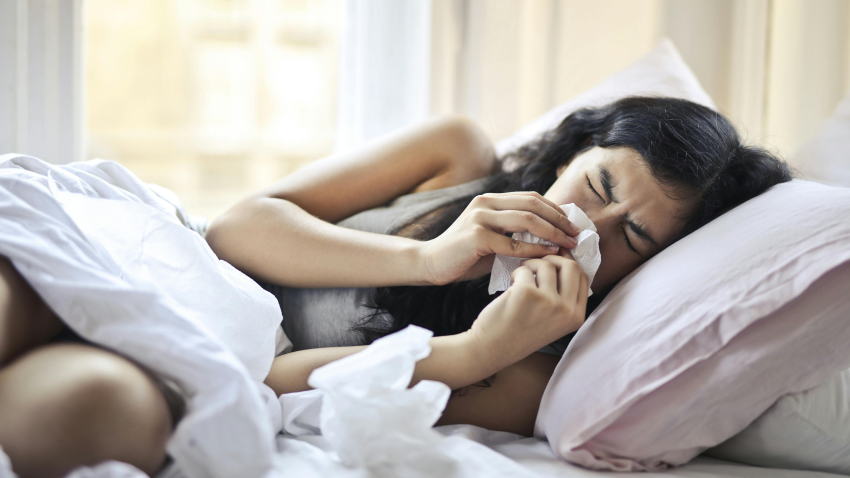
Conclusion
By implementing thorough cleaning practices and proactive measures to reduce allergens in the workplace, businesses can create a healthier environment for employees and visitors alike. As a cleaning company committed to promoting wellness, we understand the importance of effective allergen control and are dedicated to helping businesses achieve cleaner, safer workspaces.
Together, we can minimise allergy triggers and improve overall health and productivity in the workplace.
Stay Connected
Stay connected and be the first to know about our latest products, special offers, and exciting news:The Cleaning Blog
Want to learn more about cleaning? From the latest cleaning and hygiene news to handy how-to guides, why not check out our most popular blog categories.Stay Connected
Stay connected and be the first to know about our latest products, special offers, and exciting news: